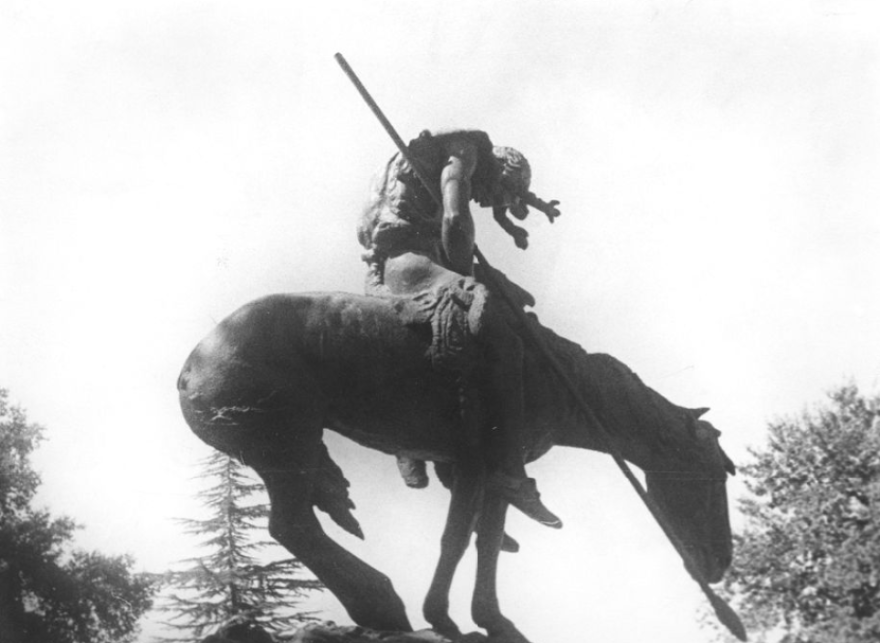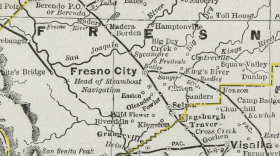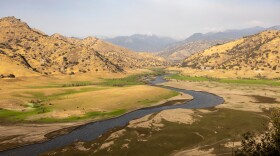His creations grace the walls of the U.S. Supreme Court and the National Archives in Washington, D.C., not to mention the beloved “Buffalo” nickel. But for decades, his most famous work sat in the middle of a park in Visalia. The story of James Earle Fraser’s sculpture, The End of the Trail, today on KVPR’s Central Valley Roots.
Fraser was hired to create the sculpture for the 1915 Panama-Pacific International Exhibition in San Francisco. The event was a world’s fair that celebrated the completion of the Panama Canal and San Francisco’s recovery from the earthquake of 1906.
You’ve undoubtedly seen Fraser’s sculpture. It is simply iconic. It depicts a Native American on horseback, with both horse and man leaning downward in exhaustion and despair. Art critics say it’s an acknowledgment of the destructive impact of America’s quest for “manifest destiny” on the tribes who called the Great Plains home.
Small scale bronze casts of the work are held in the collections of the Metropolitan Museum of Art in New York and in the Art Institute of Chicago. But for around 50 years, the massive original resided in Visalia’s Mooney Grove Park. However, the original wasn’t made of bronze but rather plaster, and it wasn’t designed for decades of outdoor exposure. In 1968 the original was removed and is now the centerpiece of the National Cowboy and Western Heritage Museum in Oklahoma City. In exchange, Visalia got a bronze replica, which is still on display in Mooney Grove Park to this day.
There’s also an interesting footnote to this story. Another giant sculpture from the same exhibition also once graced Mooney Grove Park. The Pioneer, by sculptor Solon Borglum was a counterpoint to "End of the Trail." It depicted a white settler riding a horse. Borglum was the younger brother of Mount Rushmore artist Gutzon Borglum. Like Fraser’s, this sculpture was also made of plaster and stood until 1980 when it collapsed in an earthquake.






